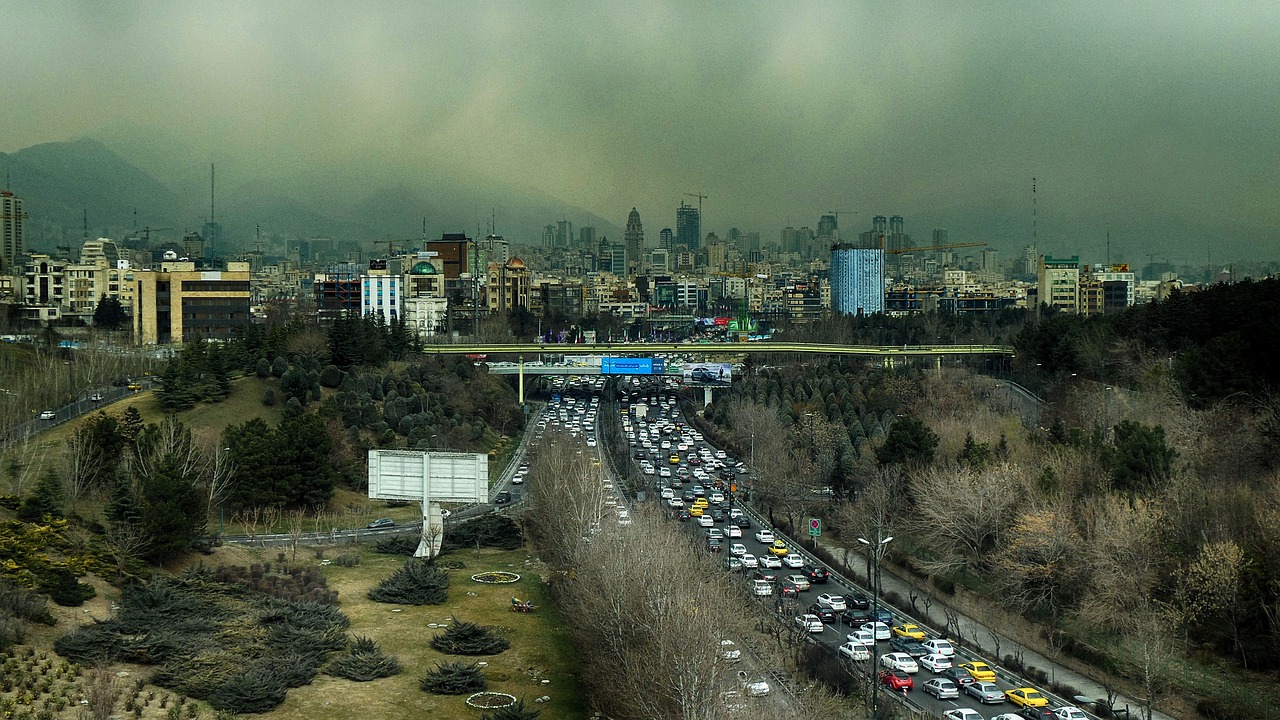Investigating the Cause of the Coronavirus - Part II
5 April 2020Part I. Identifying the Anomalies
Part II. EXPLAINING THE ANOMALIES

Shortly after posting Part I, Identifying the Anomalies, I came across a recent study with an insight that could reframe this whole discussion. For me at least, it seems to explain the anomalies. After considerable digging by colleagues (see below), here are the conclusions.
Authored by a number of academics and medical authorities in the north of Italy, the report links atmospheric pollution to the rapid propagation of the Coronavirus: it attaches itself to minute particles which can remain in the air—the report claims “even for hours, days and weeks, and that can be carried for long distances.”. But, importantly, other evidence suggests that most of it can remain active that way for only a few hundred meters.1
If true, then this might explain why people can get infected with no direct exposure, just from the air they breathe where they live. This could also explain why the outbreaks do not hop much from central cities to surrounding towns, sometimes even local suburbs. It also suggests why some places, especially big cities, get major outbreaks, while some others do not: they can be especially polluted by traffic and industrial activity (Wuhan, New York). Compare this with most rural areas, maybe even with favelas that have few cars or big factories (also higher temperatures, which appear to be negatively correlated with the spread of the virus.) Consider terrain as well: cities that are surrounded by mountains that trap polluted air (such as Tehran), and that experience inversions and heavy smog (such as New York), could be more susceptible to large outbreaks than those in flat areas with stronger winds (such as in the Arab states of the Middle East).
China and South Korea have been lauded for the isolation of their people to slow the spread of the virus. True enough, but perhaps another significant benefit has been serendipitous: with less driving and many factories closed, pollution has been greatly reduced. Can this explain the two rather abrupt endings to their outbreaks?
Let’s put this together in three levels of transmission: Level 1 is direct and personal—immediate exposure in a room or a park to droplets in the air, from a cough (with evidence now that this can extend beyond two meters), or that fall on a surface that is then touched. Level 2 is local and atmospheric, from particles in polluted air presumably inhaled (or touched when grounded?), most likely in an industrialized city, but not beyond.
In between these first two levels might be institutional and confined, as in senior homes, cruise ships and wedding halls, where problematic particles (aerosols? microplastic particles?) could be traveling through central ventilating systems. This raises a key question: what kinds of particles are most susceptible to carrying this virus around?
Level 3 is global and geographic, namely travel from infected centers to other places in the world. Coronavirus is certainly moving worldwide, but when it lands, how extensively is it spreading? This third level seems to be a combination of the first two levels: The virus could be traveling personally, and spreading directly, for example as someone infected flies in without being quarantined. But it could, or could not, be spreading locally, depending on the local conditions, such as pollution, temperature, wind, and terrain, maybe humidity as well.
What to do with all this? We can reframe our thinking from “It’s coming! It’s coming!” to the virus is coming everywhere but the outbreaks are not spreading everywhere. Hence we can consider where it might it be likely to spread, and, accordingly, how to allocate efforts and equipment. We can study weather patterns, especially wind, and predict movements of the virus in the immediate area. Areas with outbreaks may have to take aggressive actions to reduce their pollution, for example by closing down polluting plants immediately (also for the sake of global warming—remember that?). Is this the handle off the polluted well? And traffic can be restricted when the outbreak is severe enough (even relying on electric vehicles where possible in the interim).
Guess what Dr Snow, We're back to the air!
_____________________________
Thank you Nathalie Duchesne for drawing my attention to the Italian study, and to Hanieh Mohammadi and Paola Adinolfi in Italy, as well as Nathalie, for digging out so much useful material.
1 Most of the viruses are super fragile and if they are flown away by the wind, most of them get deactivated because the outer shell of the virus will be broken. Tests that show the presence of the virus in long distances from the origin of the virus are only tracing the RNA of the virus (ribonucleic acid, a nucleic acid present in all living cells), but most of those RNAs are not active (PCR tests). Previous studies about other viruses, such as Zika and Ebola, appear to reinforce this finding.
© Henry Mintzberg, 2020.
Follow this TWOG on Twitter @mintzberg141, or receive the blogs directly in your inbox by subscribing here. To help disseminate these blogs, we also have a Facebook and a LinkedIn page.
.